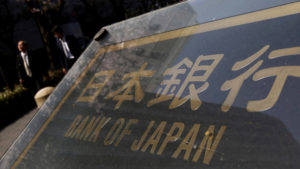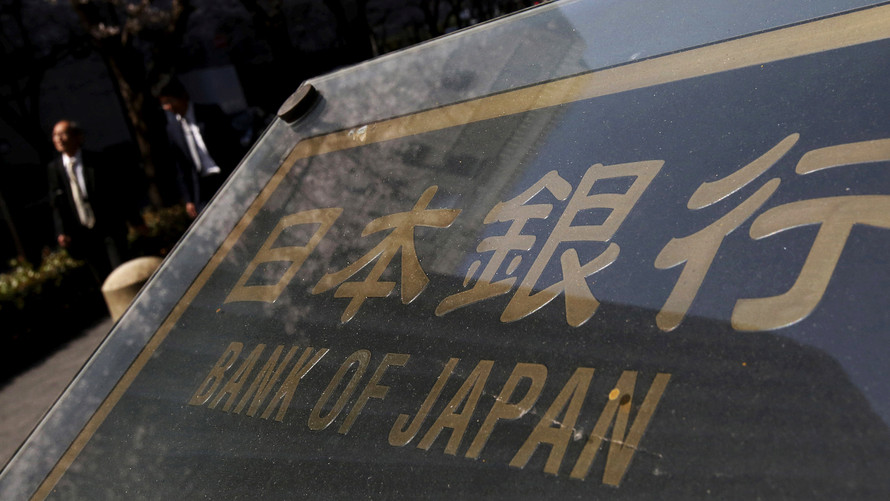By Chikako Mogi With assistance by Masaki Kondo Source: Bloomberg.com April bond buy plan due Friday seen unchanged, Barclays says Yen v

With assistance by Masaki Kondo
Source: Bloomberg.com
- April bond buy plan due Friday seen unchanged, Barclays says
- Yen volatility makes BOJ “stealth tapering” difficult
The Bank of Japan is finding out just how hard it is to be stealthy — when everyone is looking right at you.
The central bank looks set to end this fiscal year well behind on its target for Japanese government bond purchases. But having inadvertently sparked a yen rally in January, a repeat of this “stealth taper” of monetary policy in 2018 is going to prove a much tougher challenge.
“The hurdle is higher this year than last year when the BOJ was able to taper stealthily without a problem,” said Naoya Oshikubo, rates strategist at Barclays Securities Japan Ltd. “The main scenario is for the BOJ to keep reducing in line with a drop in government debt issuance in fiscal 2018. But unlike last year they are more sensitive to the currency, so cuts will be gradual and cautiously timed with an eye on that.”
The BOJ is expected to keep buying ranges unchanged for a second month when it announces its April plan later on Friday. Its net bond purchases have totaled around 54 trillion yen ($508 billion) in fiscal 2017, compared with an annual guideline of 80 trillion yen under a policy in which it buys government debt to keep 10-year bond yields around zero percent.
Taper Tantrum
Despite the steady reduction in purchase amounts, Japan’s benchmark 10-year yield has moved largely within target this fiscal year, with a few upward blips. But the central bank unintentionally kicked off a rally in the yen on January 9 when it unexpectedly cut purchases of long term bonds, sparking a slew of bets on speculation the reduction signaled its ultra-loose policy could end sooner than expected.
Since then, the yen has strengthened about 6 percent against the dollar despite repeated remarks from Governor Haruhiko Kuroda that the BOJ will keep policy accommodative. A weaker dollar and domestic political concerns have also bostered the currency. Hedge funds are the most bullish they have been in almost a year, according to the latest Commodity Futures Trading Commission data.
“The BOJ is in an extremely difficult situation, putting yields from 10 years and longer at risk of sinking below zero,” said Akio Kato, general manager of trading at Mitsubishi UFJ Kokusai Asset Management Co. in Tokyo. “Under normal circumstances, the BOJ should be buying less given where yields are, but it can’t, with the yen at a much stronger level than many had projected.”
Japan’s 10-year yield was steady at 0.04 percent on Friday, having fallen from a year-to-date high of 0.095 percent on Jan. 30.
Peer Pressure
The BOJ remains behind its global peers, who are either raising interest rates or turning toward normalizing policy. But with Japanese inflation still far from its 2 percent target, the bank insists a change to policy is in no way imminent.
Should currency markets stabilize, the BOJ will prioritize scaling back purchases of 5-10 year maturities, according to Oshikubo. After “normalizing” the sector that has the biggest impact on its zero-rate target, it is then expected to focus on super-long bonds where the curve has been flattening, he said.
For now, trade tensions triggered by the U.S. protectionist stance and uncertainty over the stock market’s outlook are weighing on bond yields, only adding to the BOJ’s headaches.
“They are in a catch-22 situation,” said Hidenori Suezawa, chief fixed-income strategist at SMBC Nikko Securities Inc. in Tokyo. “It’s unlikely the BOJ will boost buying, but it can’t reduce it either as it puts further downward pressure on yields.”

